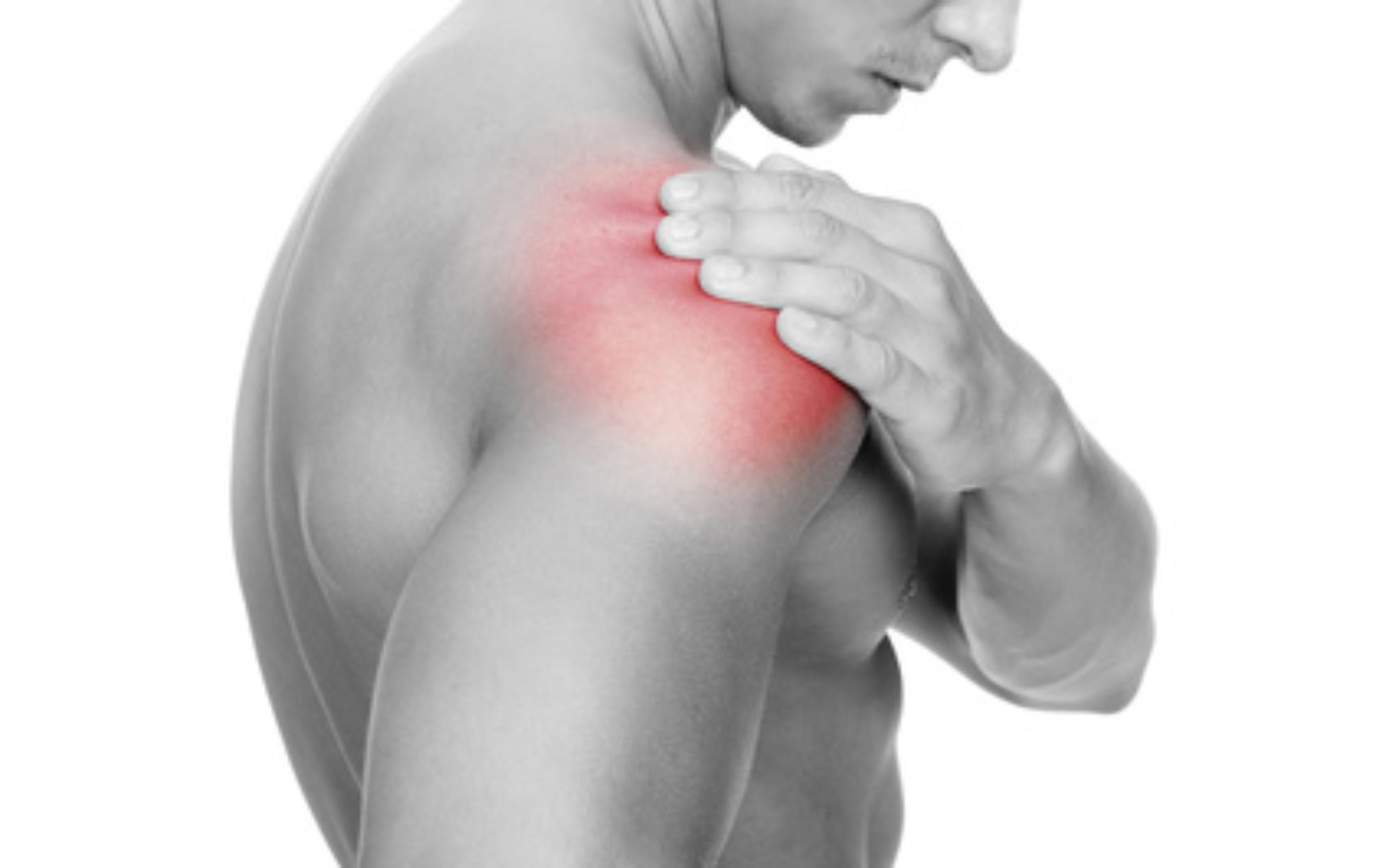Posterior cruciate ligament
Posterior cruciate ligament (PCL) injury happens far less often than does injury to the knee’s more vulnerable counterpart, the anterior cruciate ligament (ACL). The posterior cruciate ligament and ACL connect your thighbone (femur) to your shinbone (tibia). If either ligament is torn, it might cause pain, swelling and a feeling of instability.
Ligaments are strong bands of tissue that attach one bone to another. The cruciate ligaments connect the thighbone (femur) to the shinbone (tibia). The anterior and posterior cruciate ligaments form an “X” in the center of the knee.
Although a posterior cruciate ligament injury generally causes less pain, disability and knee instability than does an ACL tear, it can still sideline you for several weeks or months.
Symptoms
Signs and symptoms of a PCL injury can include:
- Pain. Mild to moderate pain in the knee can cause a slight limp or difficulty walking.
- Swelling. Knee swelling occurs rapidly, within hours of the injury.
- Instability. Your knee might feel loose, as if it’s going to give way.
If there are no associated injuries to other parts of your knee, the signs and symptoms of a posterior cruciate ligament injury can be so mild that you might not notice that anything’s wrong. Over time, the pain might worsen and your knee might feel more unstable. If other parts of your knee have also been injured, your signs and symptoms will likely be more severe.
Causes
The posterior cruciate ligament can tear if your shinbone is hit hard just below the knee or if you fall on a bent knee. These injuries are most common during:
- Motor vehicle accidents. A “dashboard injury” occurs when the driver’s or passenger’s bent knee slams against the dashboard, pushing in the shinbone just below the knee and causing the posterior cruciate ligament to tear.
- Contact sports. Athletes in sports such as football and soccer can tear their posterior cruciate ligament when they fall on a bent knee with their foot pointed down. The shinbone hits the ground first and it moves backward. Being tackled when your knee is bent also can cause this injury.
Risk factors
Being in a motor vehicle accident and participating in sports such as football and soccer are the most common risk factors for a PCL injury.
Complications
In many cases, other structures within the knee — including other ligaments or cartilage — also are damaged when you injure your posterior cruciate ligament. Depending on how many of these structures are damaged, you might have some long-term knee pain and instability. You might also be at higher risk of eventually developing arthritis in your affected knee.
Treatment
Non-operative care
In general, PCL injuries in isolation can be managed successfully without an operation.
If diagnosed acutely, I treat with a special PCL brace for 2 months which helps unload the PCL when the knee flexes. This will minimise the amount the torn ligament stretches.
If diagnosis is delayed, then a physical therapy program which focusses on Quadriceps strength more than Hamstrings can be very effective. Most patients will return to sport and full activity.
Surgical treatment

PCL Reconstruction
PCL reconstruction is used for symptomatic high grade (grade III) PCL in isolation, and more commonly in combined with other ligament reconstruction in a multi-ligament reconstruction.
The operation takes approximately 11⁄2 hours and is done with the aid of the arthroscope (keyhole surgery). The most commonly used graft is made up of two of your own hamstring tendons – taken from the same leg. Occasionally I use Allograft (tissue from a cadaver), more commonly in multi-ligament reconstructions. A 11⁄2 inch incision (cut) is made over the upper inner part of the shin and the hamstring tendons are collected and folded over to form a four strand graft. This is then passed through the knee and fixed with a variety of screws, pins and/or staples to provide a secure fix, matching the original position of the ruptured ligament.
The keyhole camera (arthroscope) is used to check the rest of the joint for signs of wear and tear and attend to any cartilage trouble either with repairing (stitching) or removing a torn fragment.
The wounds are normally closed with staples and the leg bandaged with simple dressings, wool and crepe bandage. A splint – locked in extension (straight) – is fitted at the end of the procedure which helps to protect the graft in the early weeks of recovery.


